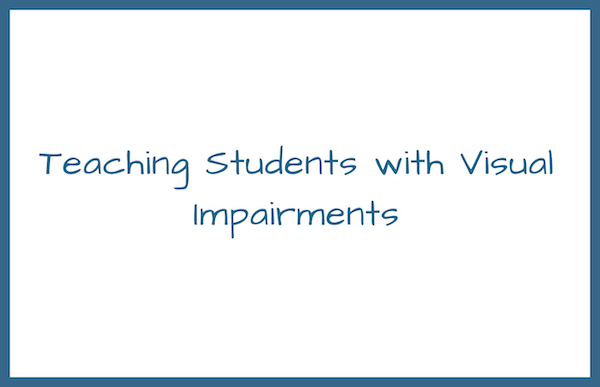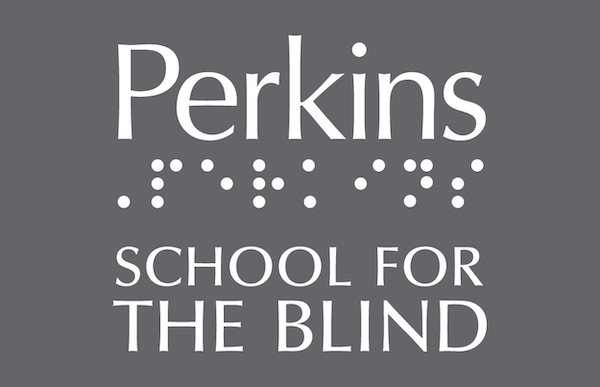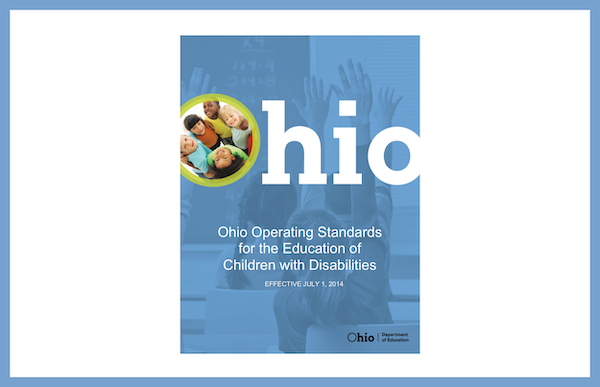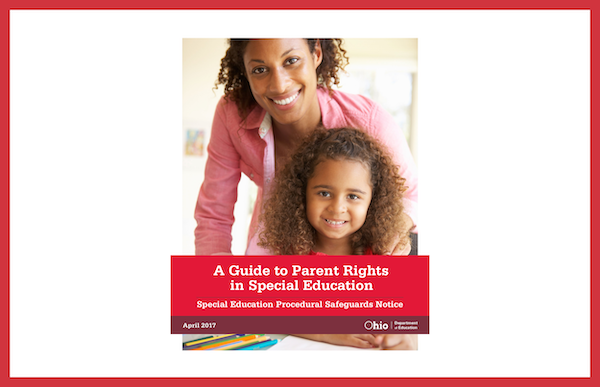Ohio Guidelines for Working with Students who are Blind or Visually Impaired
Assessment and Evaluation
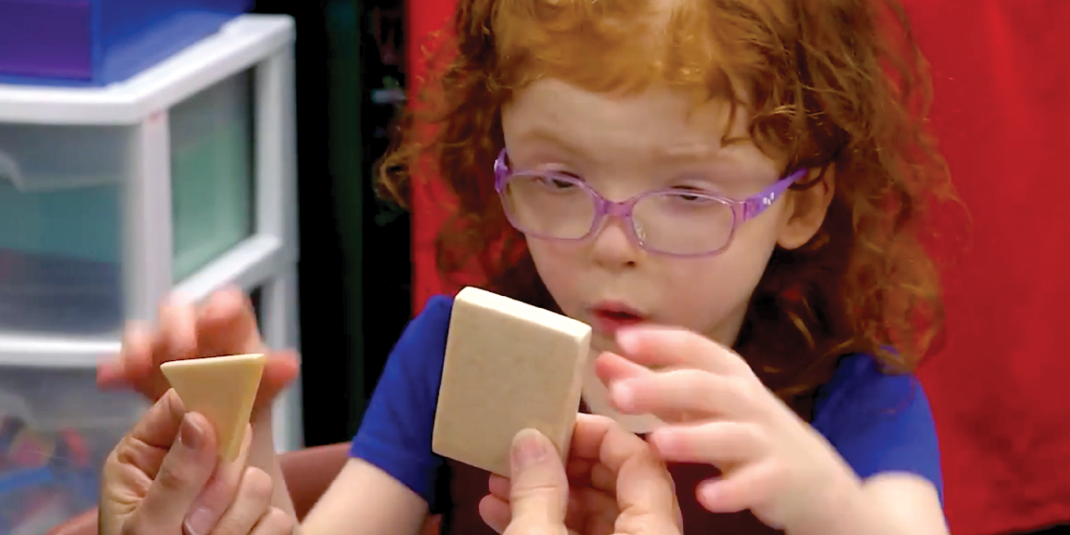
For learners with a suspected visual impairment, eligibility is determined by a multi-factored evaluation conducted by an interdisciplinary team. A variety of assessment tools may be used to gather information about the learner in functional, developmental, and academic areas. Families are encouraged to provide the school district with an eye doctor’s report for review, which can provide information about current and future changes with visual conditions. Ohio special education regulations require that assessments be technically sound and administered by qualified professionals in the area of visual impairments.
Additional information related to specific timelines and requirements for initial evaluations can be located in the Ohio Operating Standards for the Education of Children With Disabilities and A Guide to Parent Rights in Special Education.
When conducting an evaluation or developing an IEP for a learner with a visual impairment, factors for the MFE/IEP team to consider include:
- Cause and age of onset of visual impairment
- Degree of visual impairment
- Other disabilities and medical conditions
- Listening skills and study skills
- Leisure and recreation
- Orientation and mobility
- Academics
- Family and cultural characteristics
- Physical and psychological maturity of learner
- Environmental characteristics
- Use of media for literacy in reading and writing
- Career education
- Visual efficiency skills
- Low-vision aids
- Sensory development (visual, auditory, tactual, kinesthetic)
- Social development
- Concept development and reasoning
- Motor development
- Assistive technology devices and services
- Communication modes
- Independent living skills
